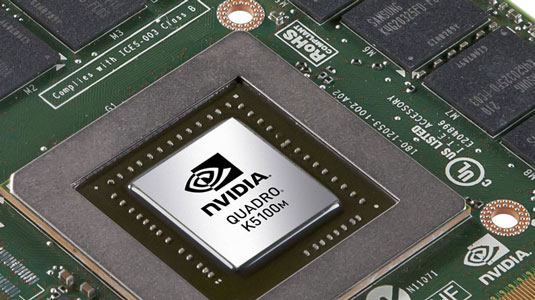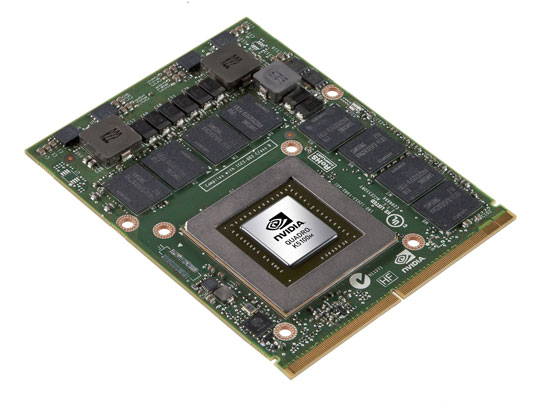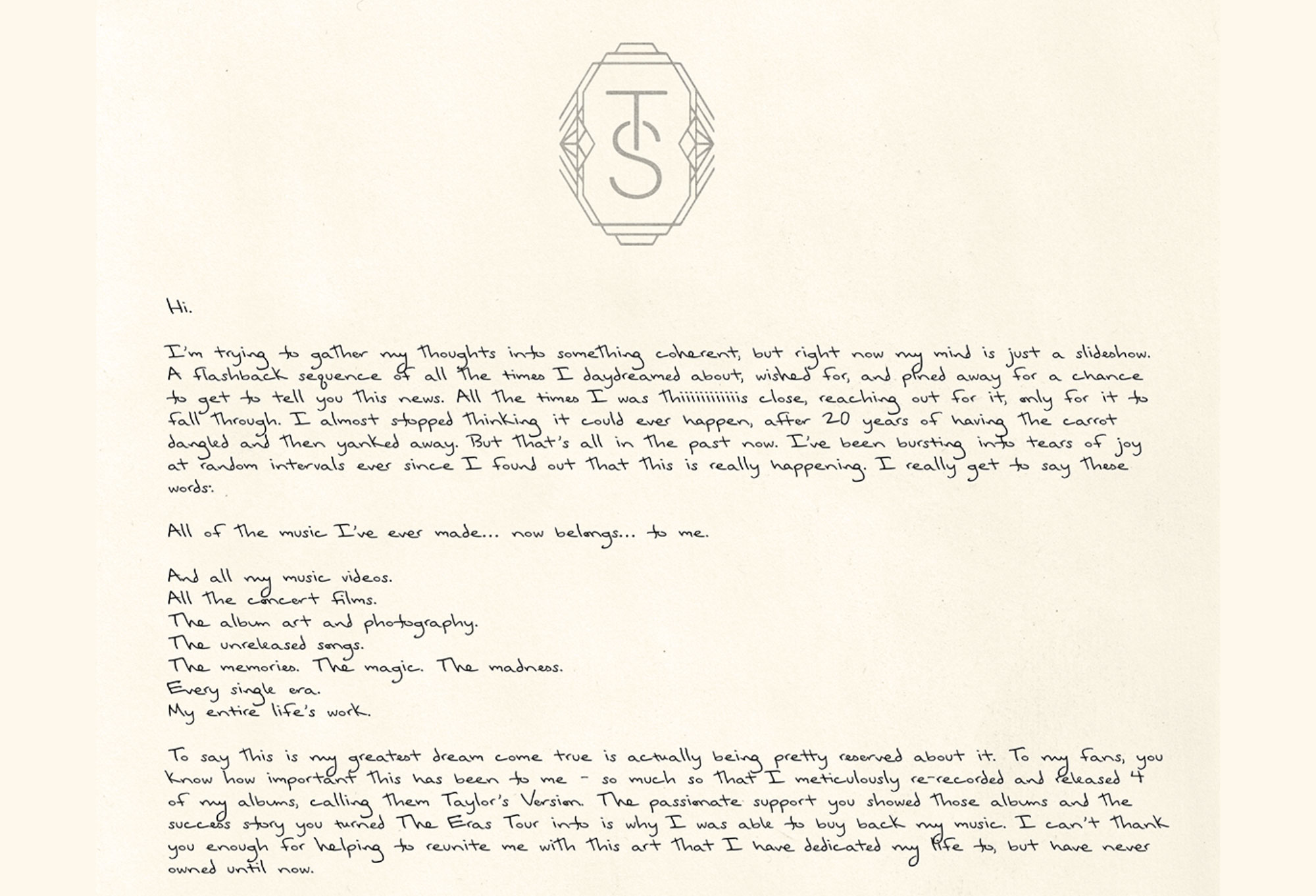Making mobile dreams a reality
You no longer need to be tied to your desk to get the most out of your computer. With the power of NVIDIA's latest mobile graphics card, design professionals can work quickly and productively while on the move.

Many industries rely on the power of graphics to generate the best results, which has previously seen workers tied to their desk in order to utilise the features and capabilities of their workstation.
Whether you’re a design engineer needing to make final edits to your widget or an event videographer shooting HD for the evening news, historically it was very often a case of using specialised equipment or getting back to the office or editing suite in order to transfer the large quantities of data on to servers or workstations to then be able to edit, create or manipulate it.
This makes for a long day and to come back only to find a flawed result can be costly and frustrating.
Moving to mobile
Moving across to a mobile workstation eliminates many of the downsides of working in these industries. Adding an NVIDIA Kepler architecture-based Quadro mobile graphics card to a powerful mobile production system, such as a HP ZBook 17, professionals can work on-location, edit on the go and deliver quality work on time, with consistent results.
Photographers, 3D artists, digital film or video professionals no longer need to be desk-bound in an edit suite, and the journey home from a shoot doesn't need to be taken out of an otherwise productive schedule.

Speed under pressure
The power of a mobile GPU, such as the NVIDIA Quadro K5100M, is perfect for 4K and beyond post-processing workflows. The 8GB of dedicated graphics memory can quickly process large amounts of texture and image data, while the 1,536 CUDA parallel processor cores deliver real-time rendering, a process that would previously have been restricted to desk-top workstations.
With added GPUDirect for Video, professionals can import and export video as fast as possible, proving a huge benefit to those under increasing pressure to deliver on a tight turnaround.
Get the Creative Bloq Newsletter
Daily design news, reviews, how-tos and more, as picked by the editors.
The mobile GPU allows for simultaneous handling of larger frames, compositing layers, visual effects and graphics models, so an artist can work as the production crew or director looks on, to see what the end result will look like.
The card can display final rendered shots at 1920x1080 for the ultimate image quality and on top of that there is a built in DisplayPort 1.2 connector that can drive an external 4K monitor to increase the resolution to view every last detail, which is becoming increasingly prevalent in today’s TV and film pipelines.
Faster transfer
With any kind of production comes a large amount of data and an impending need to move this around without having to rely on sending terabytes of data through the internet. The ZBook 17 handles this admirably as well, with its built in Thunderbolt port allowing for direct access to materials and data transfer from digital cinema cameras or compact RAID storage solutions.
So, from directors overseeing the work of their visual effects artists on hugely detailed displays to motion graphics artists creating splash screens or capturing real time scores at sports events, the HP ZBook range with NVIDIA Kepler-based Quadro Mobile GPUs, ushers in the ideal solution for working without the restraints encountered with traditional workstation based devices.
Delivered in conjunction with ZED!
This content was produced in collaboration with HP & Intel as part of ZED - a Pop-Up Studio for the Creative Community held in Soho, London. For more information about ZED and any future events see here.

Thank you for reading 5 articles this month* Join now for unlimited access
Enjoy your first month for just £1 / $1 / €1
*Read 5 free articles per month without a subscription

Join now for unlimited access
Try first month for just £1 / $1 / €1

The Creative Bloq team is made up of a group of art and design enthusiasts, and has changed and evolved since Creative Bloq began back in 2012. The current website team consists of eight full-time members of staff: Editor Georgia Coggan, Deputy Editor Rosie Hilder, Ecommerce Editor Beren Neale, Senior News Editor Daniel Piper, Editor, Digital Art and 3D Ian Dean, Tech Reviews Editor Erlingur Einarsson, Ecommerce Writer Beth Nicholls and Staff Writer Natalie Fear, as well as a roster of freelancers from around the world. The ImagineFX magazine team also pitch in, ensuring that content from leading digital art publication ImagineFX is represented on Creative Bloq.
